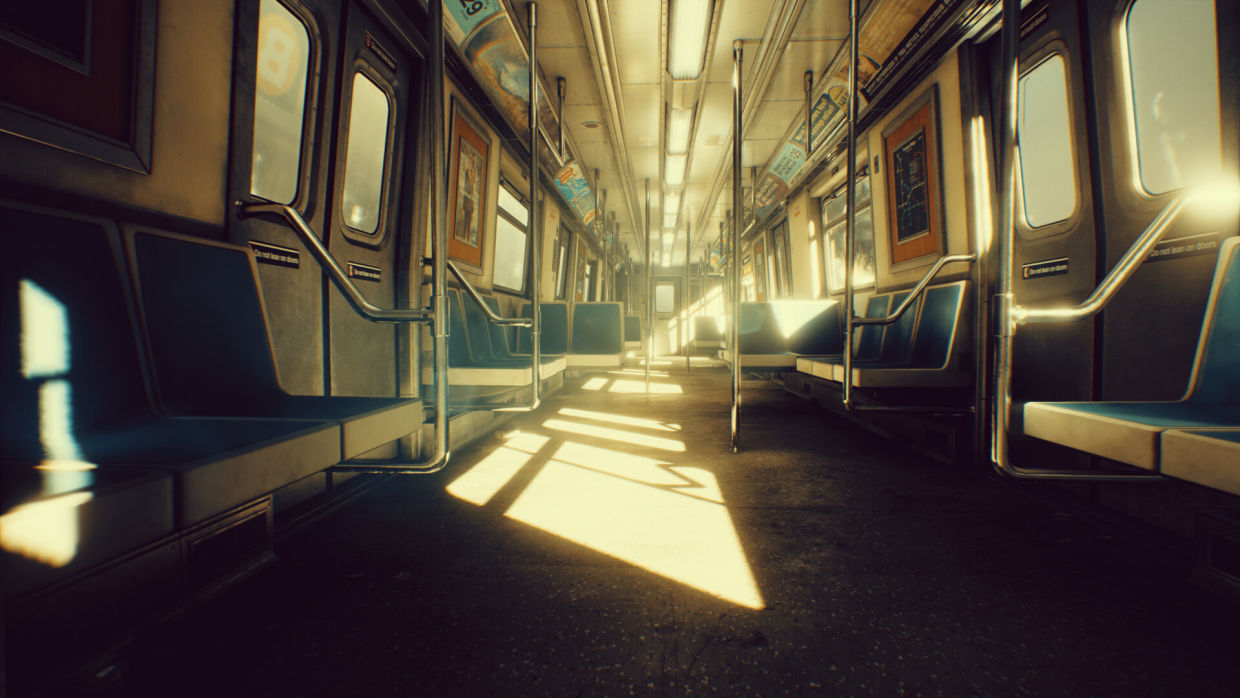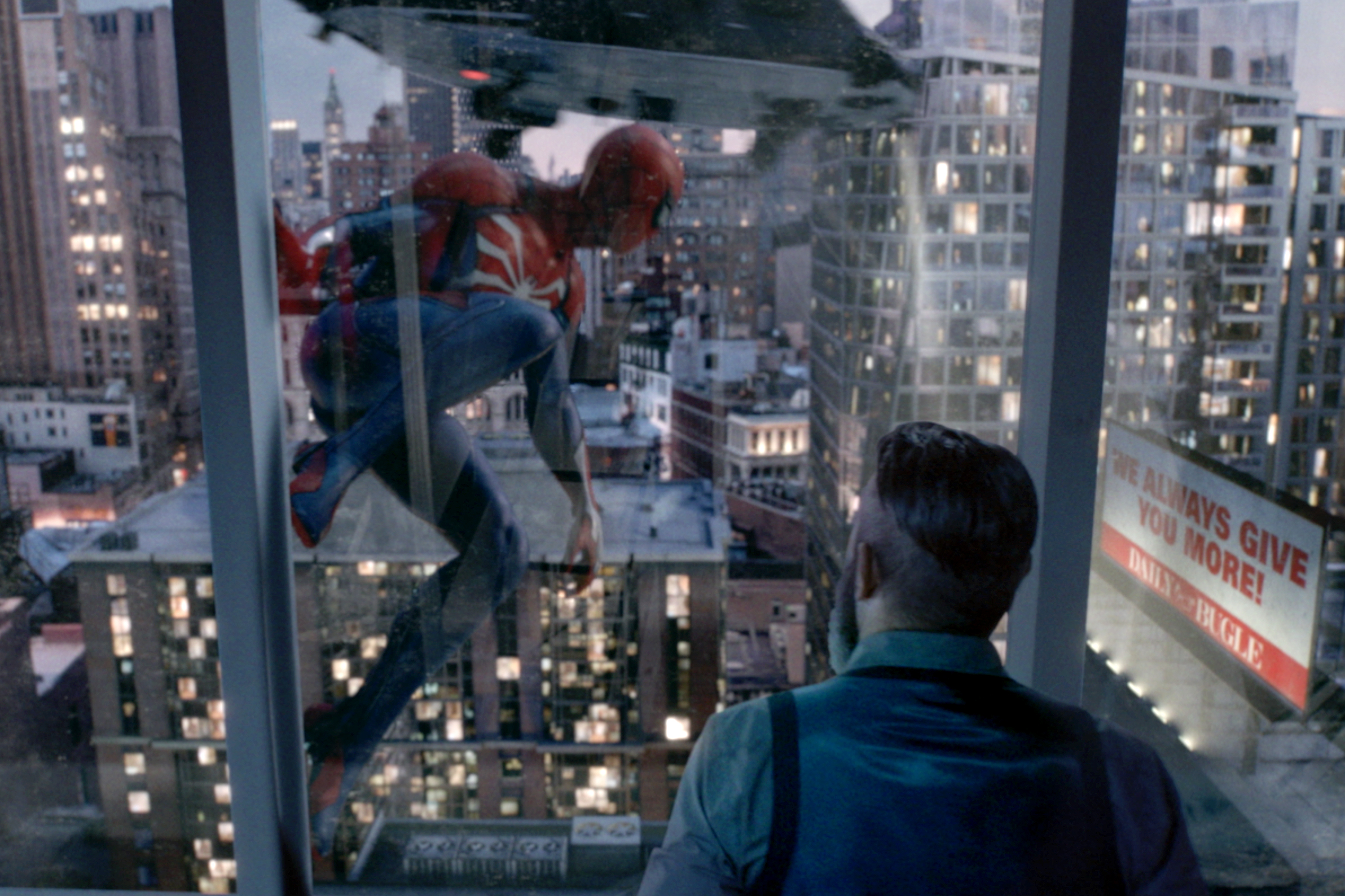The other day she compared the processes of working on lighting in large game projects and in special effects for commercials. Read on for the differences in the graphics pipelines of the two industries.

The two diagrams below reflect the differences in video game production and VFX for promotional videos. Most computer graphics for video games are produced during the development phase. Pre-production, in turn, focuses more on developing the idea. Once the concept of the game and the design of the gameplay are approved, the whole team moves on to the development phase. Most companies are hiring CG artists at this point, since they will really need a lot to work on modeling characters and environments, textures, working out the appearance of objects, animation and lighting. Gradually, the game goes through all stages of production from prototype to beta, from beta to bug fixes at the post-launch stage.


In the case of commercials, most VFX production starts in post-production - hence the name of the special effects studios. Large VFX companies usually have their own preproduction department, so all preproduction can be arranged on site. But this already depends on the specific project: some clients prefer to entrust pre-production to an agency more specialized in this.
It is worth noting that the above VFX pipeline diagram in advertising refers to photorealistic projects. Compared to full-fledged CG projects, you will need to devote more time to filming. To bring the lighting in full accordance with what was on the set, you will also need made according to certain rulesHDRI (High Dynamic Range Images) and material references. In the case of CG commercials, the production of VFX can be started as soon as you have a clearly formulated script and concept.
Advertising lighting process
- We organize the shooting, prepare and calibrate the HDRI . In this step, we need to make sure we have HDRIs of each location ready for lighting. The name of each file should include the time and location of the shooting.
- We create lighting rigs for each location or frame . Now that we have our pre-prepared HDRIs, we can add a camera, a backplate for each frame, a chrome ball, direct lighting, and bounce planes to make sure we can accurately match the CG balls to what we are. used in live shooting.
- . , . , , .
- .
- , , .

Compared to photorealistic commercials, lighting in video games is more flexible and gives artists more freedom. However, first of all, it should be consistent with the design of the game and the atmosphere of the environment. Since games have more options for designing space with light and shadow, lighting artists have to communicate more with concept artists and the director.
The following lighting steps are typically specific to video games:
- Passage for lighting blockouts (primitives) . It's just basic gameplay support. Make sure players can see all the assets around them. No dark areas. At this stage, you don't need to match the mood of the game concept.
- Intermediate passage . This is where we start shaping the look of the environment, baking reflection maps, and adding bounces for indirect lighting.
- Lighting beta pass (final) . We take into account all the comments from above, check the performance, if we are not going over the budget, then we continue to test individual blocks of the game.
- Elimination of lighting bugs . Correcting lighting errors as requested by game designers and directors.
Typically, these stages depend on the progress of the environment team.

About lighting problems in video games
, , , , , . , . . , , , , , , ..
— « ». VFX-, — . , , — , .